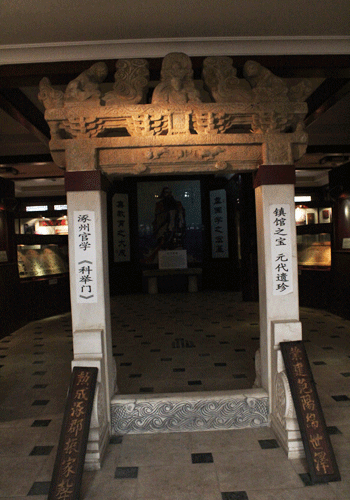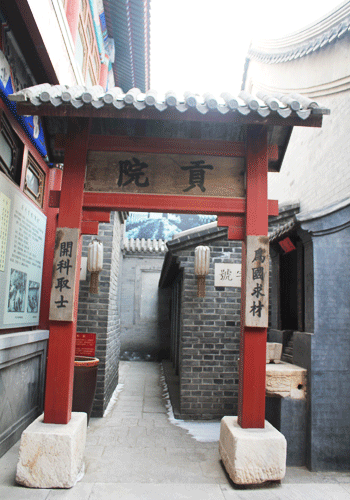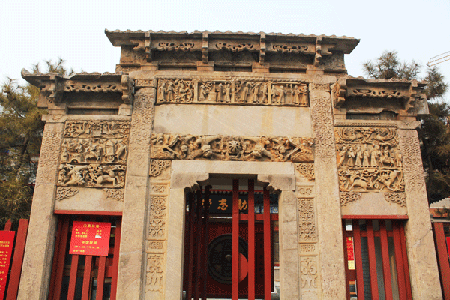Heritage
The long road to scholarly honor
Updated: 2011-02-18 14:21
By Duan Xuelian and Angela Pruszenski (CRI)
After a visit to the Museum of the Imperial Examination System, you will never complain about today's exams again. Imagine spending nine days dining and sleeping in a small stone cubicle and answering endless exam questions. The Chinese imperial scholars who endured these conditions in hopes of beating out the competition for official posts would say that today's students have it easy.
According to Yao Yuanli, the owner of the museum, over the 1300-year reign of the Imperial Examination system, only around 700 hundred people have made it to the top, earning the title "Zhuangyuan" or "Number One Scholar."
Two substantial stone figurines, one of which was excavated from the tomb of Emperor Qianlong's fourth daughter, guard the museum's entrance, making it impossible to miss along the folk culture street in the capital's historical Gaobeidian village.
|
 |
|
The centerpiece of the main exhibition hall is a stone gate depicting the ultimate pursuit of being a top scholar. [Photo:CRIENGLISH.com] |
The 3000-square-meter museum showcases the history of China's Imperial Examination system through a diversified collection of stone and wood tablets, documents, and other relics.
Yao established the privately-funded museum four years ago out of personal interest. To educate visitors about the global influence of the Chinese Imperial Examinations, Yao has spent the last sixteen years researching and traveling across China to search for valuable items. His collection includes over 3000 pieces.
|
 |
|
A replica of Gong Yuan, where the imperial examination took place. [Photo:CRIENGLISH.com] |
The most precious antique in his collection is a stone gate which dates back to Yuan Dynasty (1279-1368 A.D.) and acts as the centerpiece of the main exhibition hall. Such gates were usually placed at the entrance of schools to indicate the students' wish to pass the imperial exam and make their name known.
Specials

NPC & CPPCC sessions
Lawmakers and political advisers gather in Beijing to discuss major issues.

Self-made aircraft
An automobile mechanic in Northeast China made a test flight of his self-made aircraft which cost about US$395.

Venetian Carnival
Masked revellers celebrate in Saint Mark's Square in Venice.
